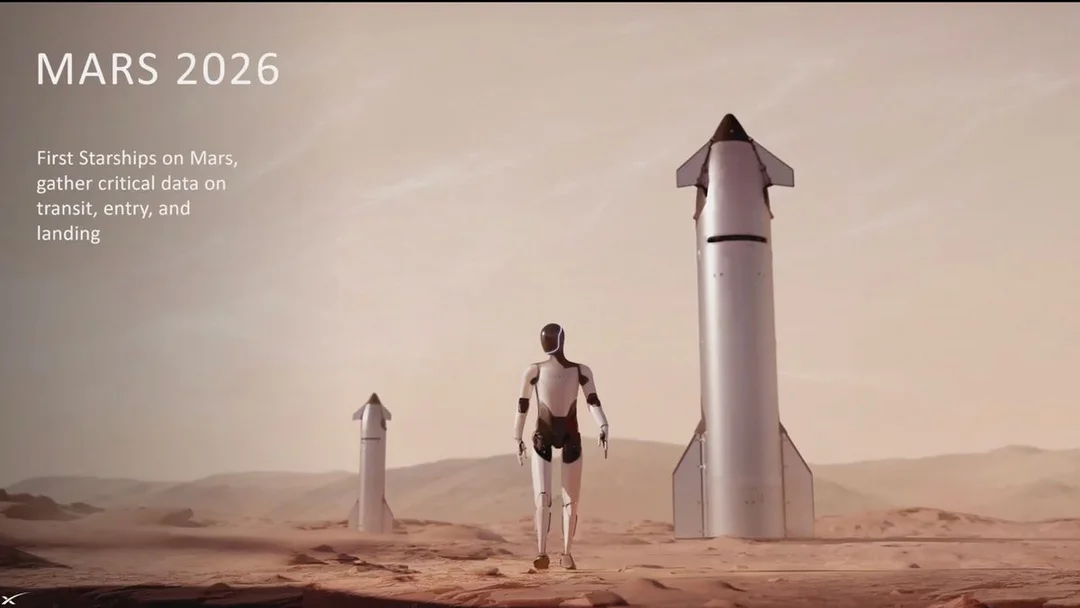
Elon Musk Still Bullish on 2026 Mars Mission Despite Starship Setbacks
Despite a series of high-profile setbacks, Elon Musk remains confident that SpaceX will launch its Starship rocket to Mars as early as 2026. This ambitious timeline, voiced during a recent company talk, aims to establish a self-sustaining civilization on the Red Planet, serving as a potential safeguard in the event of a catastrophic event on Earth.
Musk's unwavering optimism contrasts sharply with Starship's recent performance. Flight 9, the latest test launch, saw the massive rocket fall into an uncontrolled spin roughly 30 minutes after liftoff, failing to achieve key objectives such as deploying simulated Starlink satellites and testing engine relighting in space.

"Progress is measured by the timeline to establishing a self-sustaining civilization on Mars," Musk stated, downplaying the three consecutive failed launches. He envisions Starship eventually transporting hundreds of thousands, if not millions, of people to Mars.
Undeterred by past explosions and missed milestones, Musk revealed plans for Starship Version 3, an even larger iteration standing at 408 feet (124.4 meters). This upgraded design will feature enhanced reliability, in-orbit refueling capabilities, and upgraded Raptor engines – critical components for long-duration interplanetary travel.
"The upgraded Raptors have a complete redesign of the aft end of the booster and the ship," Musk explained in an interview, highlighting the simplified base design due to the removal of the heat shield.

SpaceX aims to launch the first Starship Version 3 by the end of this year. Should everything proceed as planned, Musk hopes to capitalize on the 2026 Mars launch window, sending five uncrewed ships to the Red Planet to assess the vehicle and its associated technology. Intriguingly, these initial voyages may include Tesla's Optimus humanoid robots, potentially capturing an "epic picture" of them exploring the Martian surface.
However, Musk acknowledges the significant challenge of mastering in-orbit refueling, a make-or-break requirement for reaching Mars. "We'll try to make that opportunity, if we get lucky," he said, estimating a 50/50 chance of success.
Should the initial Mars missions prove successful, SpaceX plans to intensify its efforts, dispatching around 20 Starship vehicles between 2028 and 2029, potentially carrying human passengers. Candidate landing sites are already under consideration, with Arcadia Planitia, a volcanic plain in Mars' northern hemisphere, emerging as a frontrunner due to its relatively flat terrain and accessible water ice.
Beyond the technical hurdles, Musk envisions a thriving, self-sufficient city on Mars, populated by over a million people and supplied by countless deep-space cargo shipments. This Martian metropolis, built with the aid of Starship, would represent a new beginning for humanity, offering the "Martians" an opportunity to redefine civilization itself.
Will SpaceX overcome the technical challenges and meet Musk's ambitious 2026 target? Or will Starship remain a fantasy, forever out of reach? Share your thoughts and predictions in the comments below!